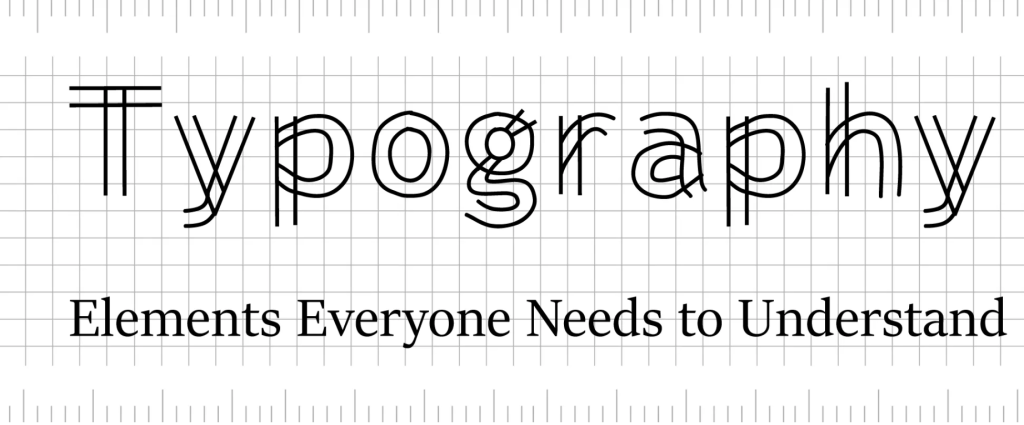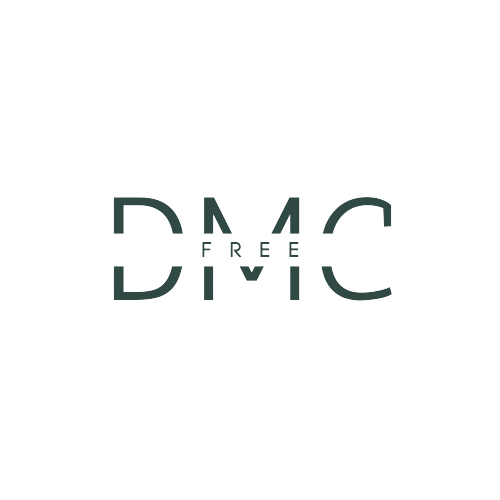
| Sections | Descriptions |
|---|---|
| Introduction to Typography Art | Exploring the intricate world of type design and its pivotal role in visual communication. |
| Historical Context | A journey from ancient script to the present, shedding light on key milestones and innovations. |
| Core Principles of Typography | Understanding the foundational concepts that shape the field of typography. |
| Design and Typography | Assessing typography’s role in steering and refining design narratives. |
| Perception and Typography | A look into how typography molds audience feelings and interpretations. |
| Contemporary Trends | Capturing the forefront of typography evolution in today’s digital age. |
| Global Impact & Cultural Variation | Exploring the influence and diversity of typography across various cultures. |
| Conclusion | A reflection on typography’s ever-evolving stature in the realm of design and communication. |
Introduction to Typography Art
Typography, while often overlooked, stands as a cornerstone in the design world. It’s not just about picking fonts—it’s the science and art of creating, curating, and arranging type to communicate messages effectively.
Historical Context
From the carved inscriptions of ancient civilizations to Gutenberg’s revolutionary movable type and the dawn of digital typography, the field has constantly evolved, reflecting societal shifts and technological advancements.

Core Principles of Typography
- Typeface and Font: The distinction between the overall design (typeface) and specific variations (font) helps designers cater to different contexts.
- Hierarchy: Essential for guiding reader focus, hierarchy determines the prominence of various textual elements.
- Contrast: By juxtaposing different fonts or styles, designers can create a vibrant interplay of elements.
- Alignment: Whether centred, left-aligned, or justified, alignment imparts a unique visual flow to content.
Design and Typography
Effective design is, in many ways, rooted in typography:
- Readability: Typography clears the path for effective communication.
- Tonal Setting: The choice of typeface can imbue a design with a specific emotion or feeling.
- Visual Integration: Properly curated typography harmonises with other design components, presenting a unified visual story.
Perception and Typography
The way type is presented can profoundly shape how an audience feels. A playful font can evoke joy, while a strict, angular font can convey formality. Typography’s influence isn’t limited to just emotion—it can also guide interpretation and understanding.
Contemporary Trends
In the digital age, typography is ever-evolving:
- Variable Fonts: These offer unprecedented flexibility, allowing real-time adjustments to style, weight, and more.
- Kinetic Typography: Breathing life into static text, this trend sees typography in motion, enhancing viewer engagement.
- Color Fonts & Gradients: The fusion of colors with type offers unique possibilities, from subtle gradients to bold, multicolored statements.
- Layering: A technique where text interacts with other elements, creating depth and interest.
Global Impact & Cultural Variation
Typography isn’t universal. From the fluid scripts of Arabic calligraphy to the block-like characters of traditional Chinese, typography reflects culture. Understanding these variations becomes paramount for designers as the world becomes increasingly interconnected.
Conclusion
Typography, while subtly operating in the background, profoundly shapes our interactions with the visual world. As design challenges continue to diversify and evolve, the art and science of typography will remain central, underpinning communication across mediums and cultures.
FAQs on Typography in Art & Design
Q: How is typography used in art?
A: Typography in art is used as both a functional tool and an expressive medium. While it traditionally focuses on the arrangement and appearance of letters and words for clarity and readability, in art, typography can break these norms to convey emotions and abstract concepts or harmonize with visual elements.
Q: What is typography and examples?
A: Typography refers to the technique and art of arranging type to make written content legible, readable, and visually appealing. Examples include the selection of typefaces in books (like Times New Roman or Arial), the stylized fonts on movie posters (such as the iconic ‘Star Wars’ logo), or the playful use of text in a magazine layout.
Q: What is the meaning of typography in art and design?
A: In art and design, typography transcends its traditional role of textual presentation. It becomes a visual element in its own right, bearing aesthetic and emotional weight. Typography in this context can set moods, create atmospheres, and communicate messages beyond the literal text.
Q: What is typography used for?
A: Typography is used for arranging and designing text in various media, including books, websites, advertisements, and logos. Its main goals include enhancing readability, guiding readers’ attention, and ensuring harmonious integration of text within a design, all while resonating with the intended message or brand identity.
Q: What are some examples of typography art?
A: Typography art often pushes boundaries, creating visuals where text is the primary or sole element. Examples include word clouds where text density and size convey importance, posters where text forms recognizable shapes or patterns, and calligraphy and hand-lettering pieces that showcase the beauty of written characters.
Q: Why is typography art important?
A: Typography art elevates text from mere information conveyance to an expressive form. It’s essential as it showcases the versatility of written characters, underscores the union of design and language, and offers designers a medium to convey deeper or dual meanings, making designs more engaging and impactful.
Q: How do you draw typography?
A: Drawing typography, especially in hand-lettering, involves a few steps:
- Sketching: Begin with a light pencil outline of the word or phrase.
- Styling: Decide on the style—cursive, block letters, etc.
- Refining: Adjust spacing, size, and alignment to ensure balance.
- Finalizing: Go over the sketch with ink or a darker medium, adding details or flourishes as desired.
Q: Is typography a design?
A: Yes, typography is a crucial subset of design. While design encompasses a broad range of visual elements and principles, typography focuses explicitly on the arrangement, style, and appearance of text within a design, ensuring that it complements other visual elements and effectively communicates the intended message.


